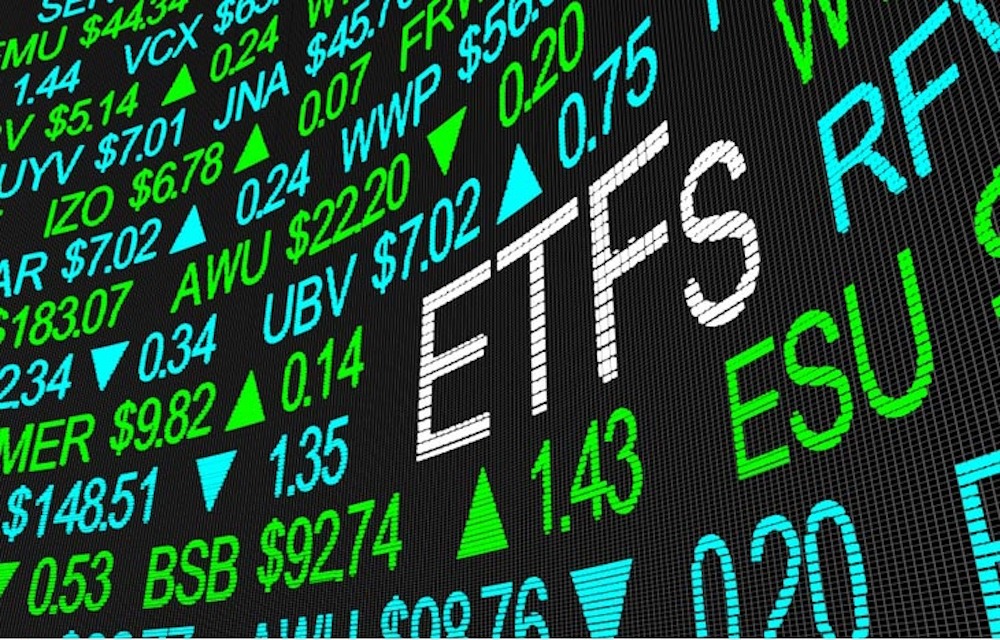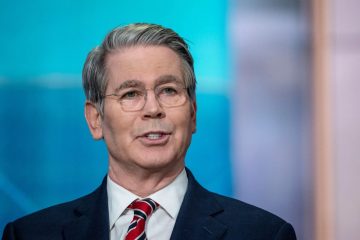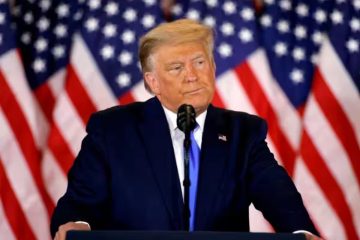The new ETFs may be a bit too complex

Historical trends indicate that financial complexity tends to escalate over time. Recently, this trend has extended to exchange-traded funds that cater to investors. In the previous year, exchange-traded funds domiciled in the United States achieved a remarkable milestone, exceeding $1 trillion in cumulative inflows. They offer affordability, liquidity, and, importantly, a significantly higher degree of tax efficiency compared to conventional mutual funds. For those looking to invest in stocks and bonds, the leading index funds from major players such as BlackRock, Vanguard, and State Street Global Advisors offer an effective solution at remarkably low costs. Competing directly with industry giants is a formidable challenge, often yielding limited rewards.
Wall Street has embarked on a fresh pursuit of profit: repackaging even the most complex financial instruments into exchange-traded fund formats. In 2024, approximately 30% of ETFs introduced in the U.S. incorporated references to complex strategies in their titles, according to an analysis of data from Morningstar Direct—marking a twofold increase compared to the average over the preceding nine years. The descriptions on labels are growing more inventive, while the activities within those funds are becoming ever more opaque. The intricacies involved can occasionally yield a suboptimal return when juxtaposed with the more straightforward alternatives. Following a lackluster December, the Simplify Enhanced Income ETF, known by its ticker HIGH, concluded 2024 with a total return of 1.5%, even as its prospectus claims it aims to deliver substantial supplemental income compared to T-bills. The SPDR Bloomberg 1-3 Month T-Bill ETF, known as BIL, delivered a return of 5.2%.
Alongside the acquisition of short-term paper, HIGH engages in the buying and selling of “call” and “put” options to augment its income, functioning as insurance mechanisms against fluctuations in the prices of various underlying assets. However, this can lead to significant losses during periods of heightened market volatility, as witnessed in August and October. HIGH possesses the adaptability to explore domains including the S&P 500, Nasdaq-100, and Russell 2000 indexes, as well as gold ETFs. Surpassing T-bills in an environment where interest rates stand at 4.5% presents a formidable challenge, and HIGH has been engaging in some speculative investments. The options contracts on the S&P 500 set to mature this Friday will generate a profit only if the index increases by over 0.6% or declines by more than 7.9% from Monday’s closing value by the time of expiration. The fund also engaged in options trading on MicroStrategy, the speculative entity heavily invested in bitcoin, which experienced a decline of 25% in December.
The NEOS Enhanced Income 1-3 Month T-Bill ETF, identified by the ticker CSHI, achieved a 5.7% return in 2024 through a strategy focused on lower-risk put options. The crux of the matter is that any product subject to significant drawdowns fails to serve as a viable substitute for cash, which is the conventional application for short-term bond ETFs. Consider the JPMorgan Equity Premium Income ETF, known as JEPI, alongside its Nasdaq-centric counterpart, JEPQ: In 2024, they garnered net inflows of $5 billion and $11 billion, respectively, positioning them alongside the leading U.S. equity ETFs. Although strategies based on options mitigate the volatility associated with stock ownership, they simultaneously limit potential gains, are susceptible to front-running, exhibit tax inefficiencies, and fail to provide protection against significant market downturns. It can be contended that these are offerings that are largely superfluous.
Even those providing investors with the tools for exceptional returns frequently end up undermining their own success. The ProShares UltraPro QQQ, a $27 billion giant that aims to triple the daily return of the Nasdaq-100, has struggled to produce any meaningful return over the past three years, despite the technology-heavy index experiencing significant gains. The challenge with this and numerous comparable funds lies in the fact that leveraged ETFs typically undergo daily resets. Consequently, each loss diminishes the foundation for prospective gains to a greater extent than the index, which assesses returns on a cumulative basis.
Since 2022, financial institutions have introduced leveraged ETFs focused on individual companies, exacerbating this issue significantly. MicroStrategy reemerges in the spotlight: The Defiance Daily Target 2X Long MSTR ETF and the T-Rex 2X Long MSTR Daily Target ETF seek to enhance the stock’s returns, yet they frequently fall short, often failing to meet their daily objectives. The forthcoming challenge lies in the development of ETFs that emulate various assets while mitigating certain unfavorable traits. The Alpha Architect 1-3 Month Box ETF, known as BOXX, aims to replicate or exceed T-bill returns through the use of options, thereby avoiding the incurrence of taxable distributions. Nevertheless, it was compelled to undertake one final year upon the recommendation of its legal advisors.
There exists a growing appetite for more accessible and cost-effective means of engaging with alternative assets. The University of Connecticut has recently shifted the majority of its hedge-fund investments in favor of “buffered ETFs,” which provide a degree of protection during market downturns. Instruments like the IQ Hedge Multi-Strategy Tracker ETF aim to replicate hedge fund performance while eschewing direct ownership of the underlying assets. In December, BondBloxx and Virtus Investment Partners introduced the inaugural ETFs that offer exposure to private debt, albeit through the more conventional vehicle of collateralized loan obligations. State Street Global Advisors has submitted a proposal to U.S. regulators for the establishment of an ETF that aims to allocate a segment of its capital into this illiquid category of credit directly. The approval remains in doubt, as encasing less-liquid assets within a liquid framework presents clear risks.
Historically, innovations in ETFs have prompted forecasts of impending difficulties that have repeatedly been shown to be baseless. In 2020, as corporate-debt markets came to a standstill, exchange-traded funds emerged as a crucial mechanism for maintaining liquidity in challenging circumstances. However, the inherent characteristics of financial markets will inevitably lead to the incorporation of an excessive number of intricate features into ETFs. It is conceivable that this latest assortment of products may lead to a situation where investors find themselves grappling with a combination of losses in liquid funds, immobilized private assets, and poorly thought-out tax strategies that elicit frustrated inquiries from the Internal Revenue Service. The critical juncture may remain several years distant. Investors must exercise heightened prudence regarding their purchasing decisions and the sources from which they acquire assets. These are the moments that will challenge ETF creators.










